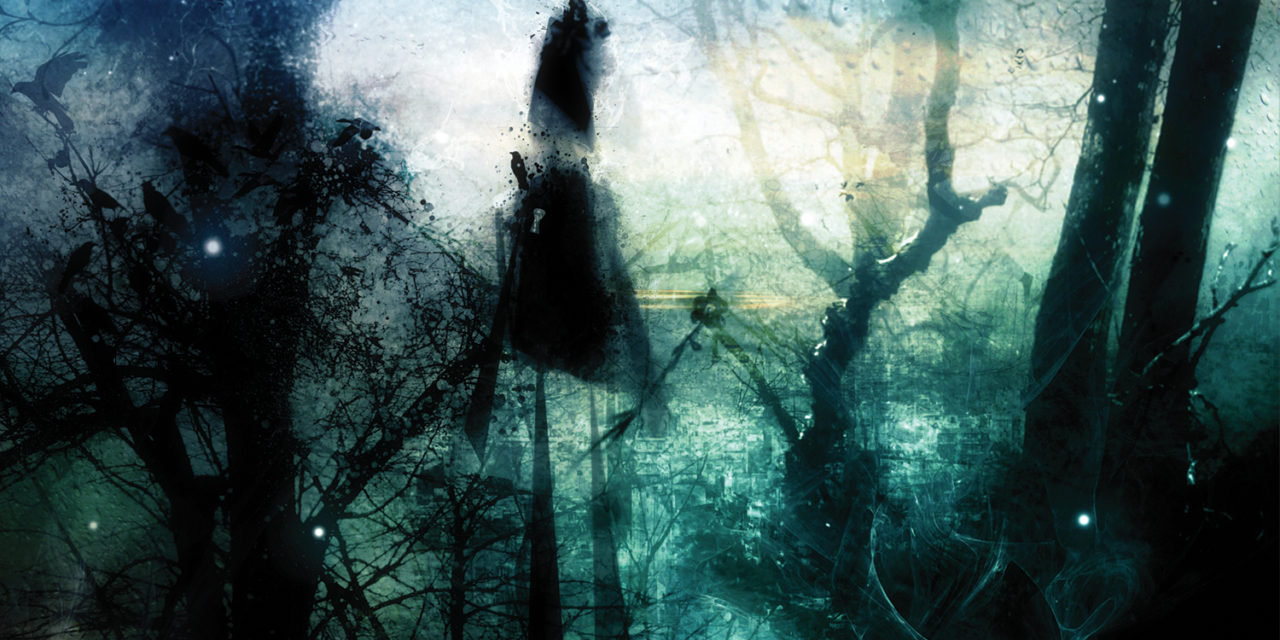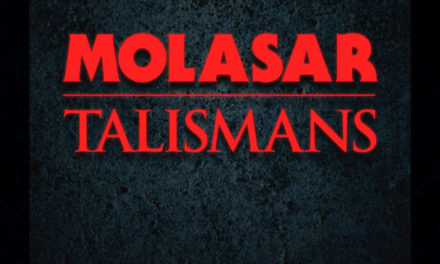The Twilight Garden
Hope
Metropolis
Todd Loomis doesn’t keep his cards close to his chest; the elephant in the room, The Twilight Garden’s debt to The Cure, is addressed right in his band’s name. With that out of the way, the project’s 2010 debut, A World We Pretend sat quite nicely: a blend of the Cure’s dreamier, synth-washed side and darkwave and synthpop of classic and modern ilks. Sophomore outing Hope maintains that foundation, but also ventures out in several new directions, a gamble which largely pays off.
Newcomers will immediately be struck by the similarity of Loomis’ vocals to Robert Smith’s, but this generally doesn’t feel forced (take note, The Essence), and the similarities are dropped when they don’t suit the material’s mood or range. On “Falling In Circles”, he switches back and forth between a detached, britpop croon and a pained wail which recalls Berlin-era Bowie. The noisier “Trail Of Tears, Part 1” suitably opts for frenzied barking (though I’m not sure how the genocide of native Americans relates to the track’s bailout minded lyrics).
Instrumentally, Cure aficionados will appreciate Hope‘s nods to the band’s deep cuts (I’m hearing lots of Faith-era stuff – “The Funeral Party”, “All Cats Are Grey” – plus the odd touch of Bloodflowers‘ synth side), and there are some hints of early Pink Dots in its more frail moments, but there’s more to the record than tribute. Loomis strikes a good balance between leading synths and those used for rhythmic purposes, and underneath the seemingly simple, processional flow of many of the songs there are some developed compositions indicative of his classical training.
As I mentioned earlier, Hope spins out in more stylistic directions than its predecessor, and while not all of those moves hit the mark, they keep the album dynamic and are generally well-executed. The aforementioned “Falling In Circles” is the best of the forays into modern dance floors new to Hope, but also keeps one foot firmly in classic darkwave. It’s got a simple but catchy beat that belies the vaguely mournful tone of its core synth lead, both slowly circling while the vocals and some gauzy washes lend drama. Then there’s the closing “Resolve”, a lovely bit of unadorned impressionist piano (again, classical training n’ all that). I’d have loved to have heard some more of this from Loomis, perhaps integrated with the more modern fare somehow.
The old “difficult sophomore album” cliche doesn’t hold up here (Loomis’ tenures in Velvet Acid Christ and a handful of other bands probably discounts much of that), at least for the listener; the press release indicates that Hope was a year in the making, though I’ve no idea how smooth that process was. The new directions and thicker production are certainly indicative of a longer gestation period. and Hope should receive correspondingly lengthy welcomes from fans of melancholy synth tunes.






